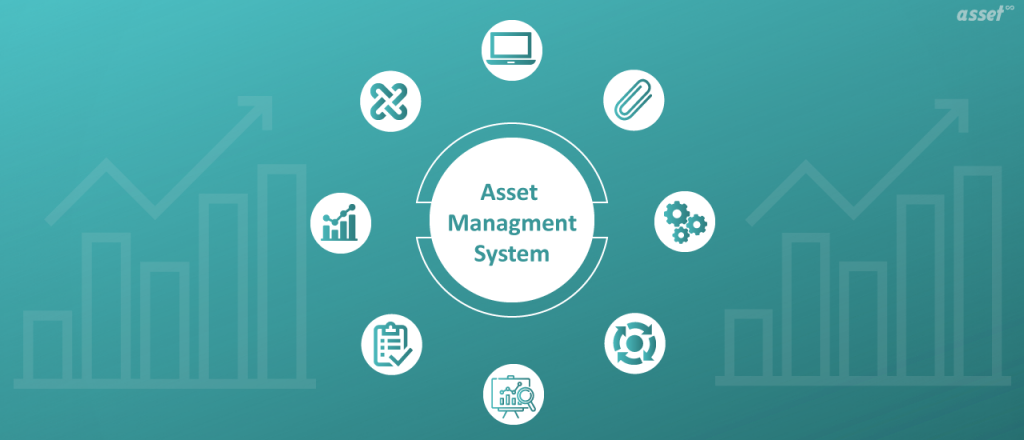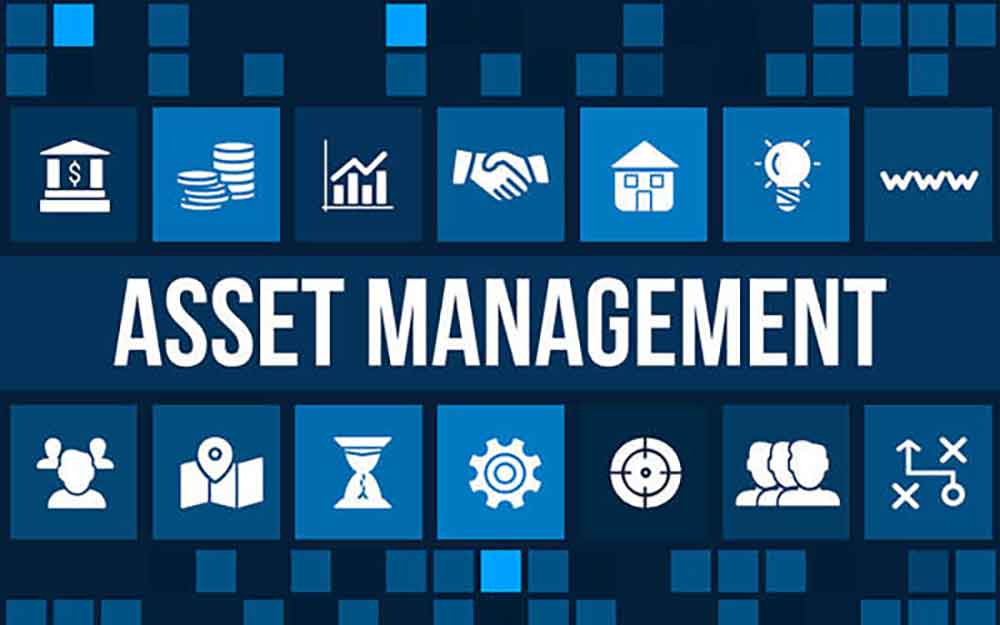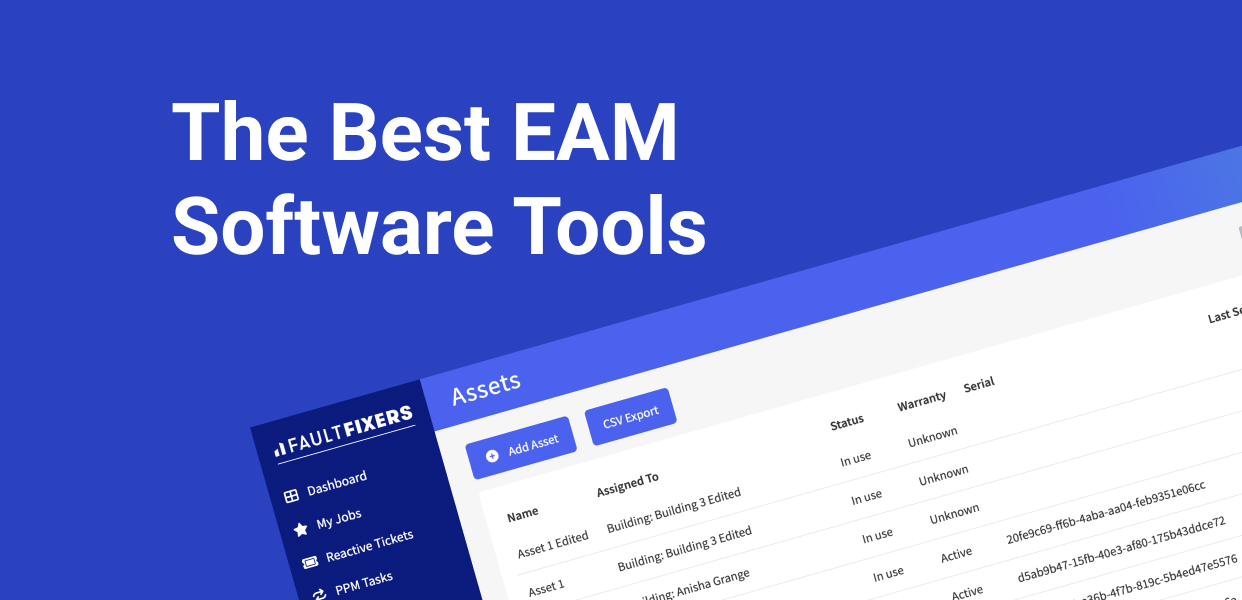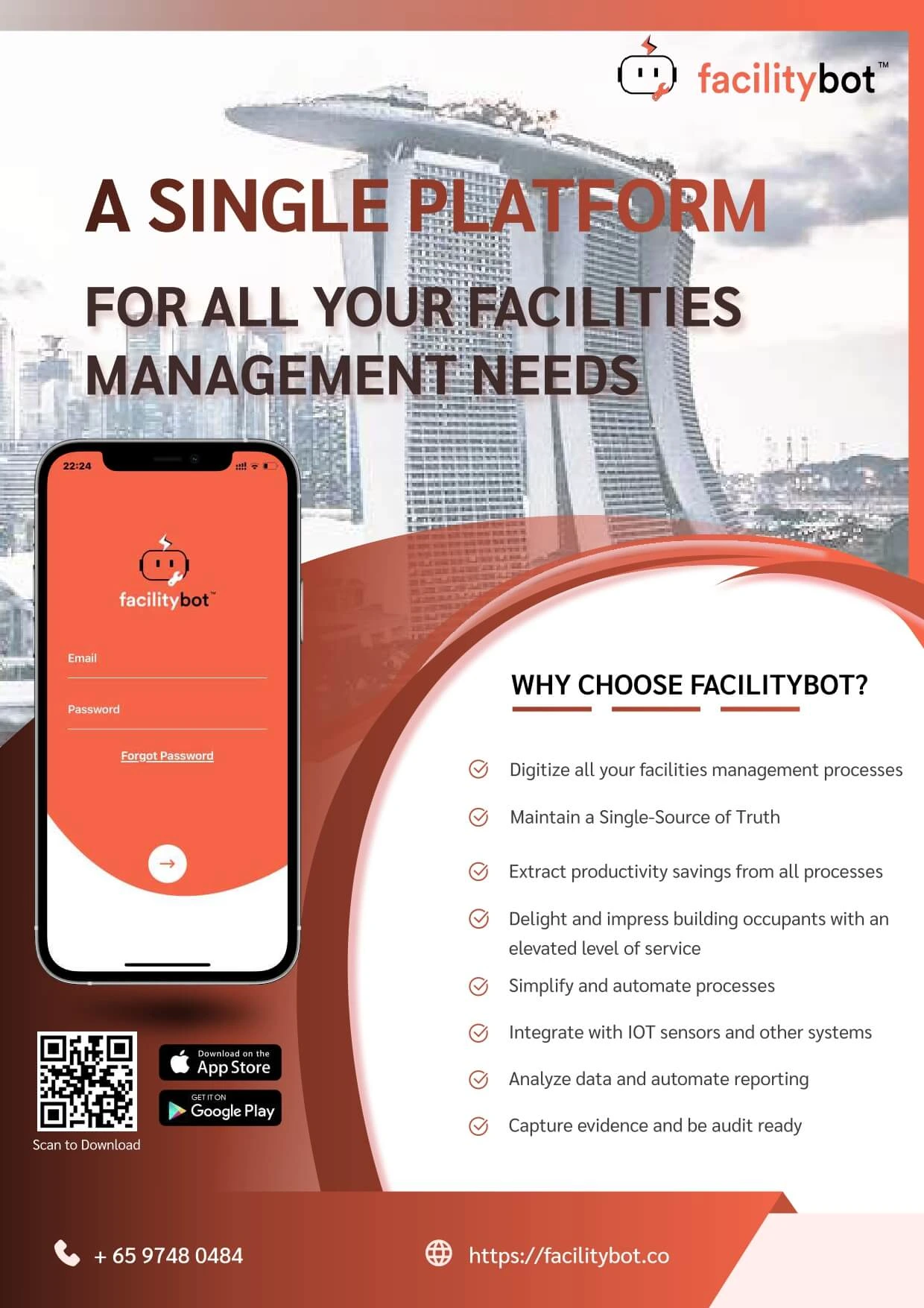In today’s fast-paced digital economy, organizations rely on a wide range of physical and digital assets—from computers and machinery to software licenses and vehicles—to run operations efficiently. But without the right system in place, managing these assets can become chaotic, leading to lost resources, downtime, and compliance issues. That’s where an asset management tool becomes essential.
In this article, we’ll explore what an asset management tool is, its benefits, key features, and how to choose the right one to streamline operations and reduce waste.
What Is an Asset Management Tool?
An asset management tool is a software solution that enables organizations to track, monitor, and manage their assets throughout their entire lifecycle—from procurement to disposal. This tool centralizes data related to all types of assets, including equipment, IT hardware, vehicles, and software licenses, making it easier for businesses to make informed decisions, maintain compliance, and improve operational efficiency.

At its core, an asset management tool is both a system and a strategy. It combines workflows, user roles, categories, data fields, and reporting mechanisms into a unified platform that empowers organizations to get more value from their assets.
Why Use an Asset Management Tool?
The purpose of an asset management tool extends beyond simple recordkeeping. It plays a critical role in enabling businesses to:
1. Improve Operational Efficiency
Employees need functional, accessible assets to perform their jobs effectively. An asset management tool ensures assets are always accounted for and available when needed, reducing disruptions and productivity loss.
2. Reduce Wasted Resources
Disorganized asset records and scattered spreadsheets often lead to underutilized or lost items. A centralized platform ensures full visibility and reduces unnecessary repurchases.
3. Ensure Financial and Regulatory Compliance
A robust asset management tool helps organizations track depreciation, create audit trails, and meet financial reporting standards and industry regulations, minimizing the risk of penalties.
How to Build an Effective Asset Management Strategy
Before implementing a software tool, organizations should first establish a solid asset management strategy. This includes:

1. Taking Inventory
Audit all assets—from laptops and office furniture to software licenses—and categorize them based on type, location, and purpose.
2. Standardizing Data Fields
Set standardized fields like asset ID, purchase price, current status, and location. For specialized assets like IT equipment, include technical fields such as OS version, MAC address, or warranty expiration.
3. Documenting the Asset Lifecycle
Capture every stage: procurement, registration, deployment, maintenance, audits, retirement, and replacement. Proper workflows ensure long-term efficiency and asset optimization.
4. Identifying Stakeholders
Assign responsibilities to individuals or departments for managing assets, ensuring accountability across the asset lifecycle.
Features to Look for in an Asset Management Tool
Choosing the right tool is critical to success. Here are key features to consider when selecting an asset management platform:
1. Customizability
Every organization is different. Your tool should allow flexible asset categorization, workflows, and data fields tailored to your needs.
2. Time-saving Automations & Barcoding
Features like automatic check-in/check-out, scheduled audits, and built-in barcode scanning streamline operations and minimize manual effort.
3. Integrations with Existing Systems
The tool should connect with help desks, HR systems, procurement platforms, and other parts of your tech stack to prevent data silos.
4. Strong Data Security
Look for cloud-based platforms with SOC 2 or ISO 27001 certifications, role-based permissions, and SSO support to ensure your data remains protected.
5. Advanced Reporting and Dashboards
Real-time insights and customizable dashboards help you track performance, identify anomalies, and make data-driven decisions.
6. Support and Implementation Services
Choose a provider that offers onboarding, training, and ongoing customer support to ensure long-term success.
Real-World Example: FacilityBot
A prime example of an effective asset management tool is Facilitybot. It offers a fully customizable platform with features such as:
- Unlimited users and role-based permissions
- Built-in barcode technology and mobile app scanning
- Conditional automations and AI data mapping
- Multi-tenancy support for managing assets across departments or locations
Whether your organization is small or enterprise-level, Asset Panda provides all the tools needed to manage your assets throughout their lifecycle.
FacilityBot: Asset Management and Facilities Management Software in Singapore
If you’re based in Singapore and looking for an intuitive, cloud-based solution tailored to your facilities and asset management needs, FacilityBot is the ideal choice. As a leading asset management software and facilities management software in Singapore, FacilityBot enables businesses to streamline maintenance, track asset performance, and centralize service requests in one easy-to-use platform.
With features like real-time asset tracking, maintenance automation, and mobile accessibility, FacilityBot helps companies improve efficiency, reduce downtime, and maintain full control over their asset and facilities infrastructure.
Final Thoughts
An asset management tool is no longer optional—it’s a necessity for organizations seeking operational excellence and long-term cost savings. From establishing workflows to choosing the right platform, investing in asset management pays off in productivity, compliance, and accountability.
Whether you opt for a global solution like Asset Panda or a localized leader like FacilityBot, the right tool can transform how your business manages its assets.




